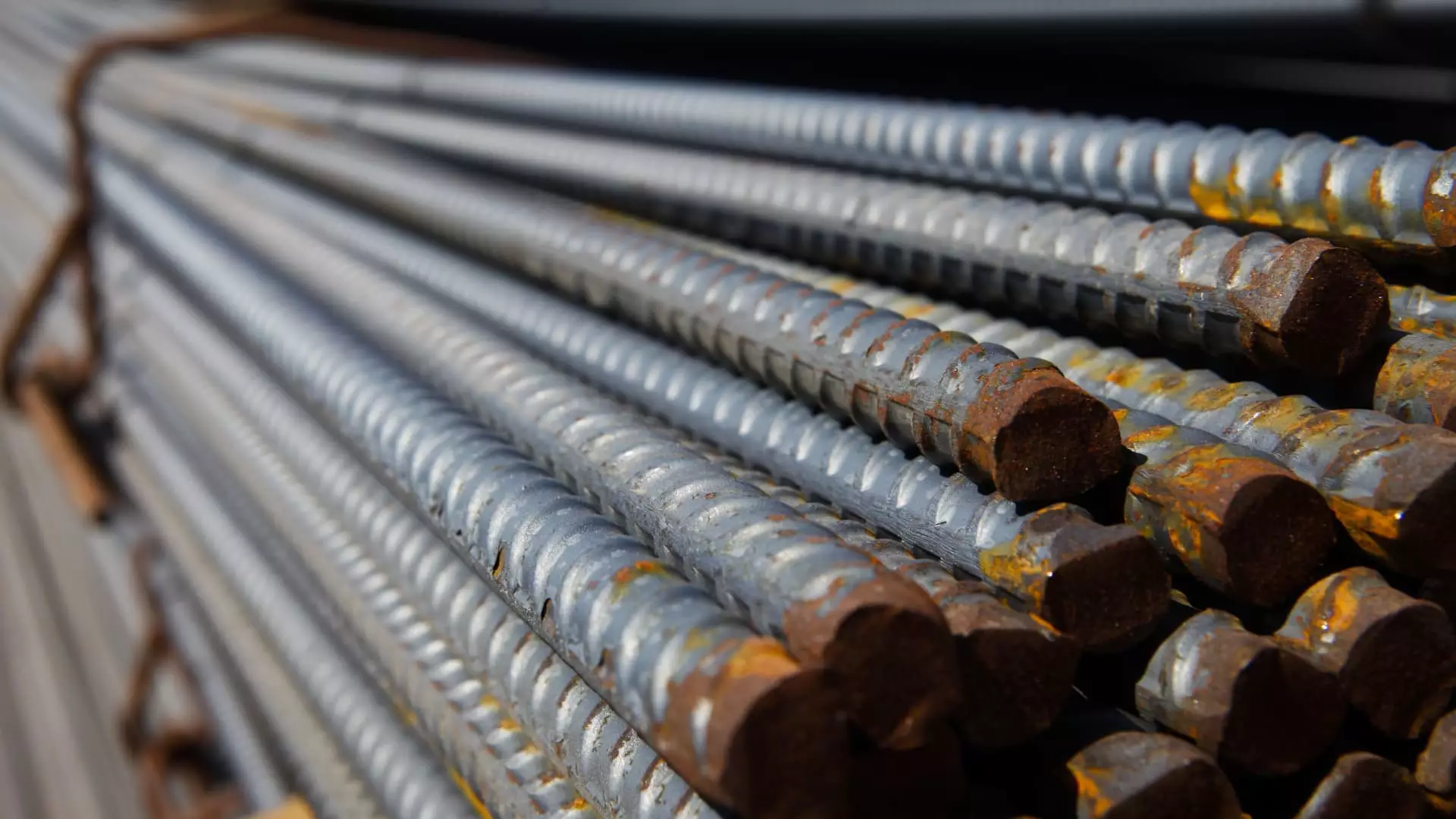In a significant move that resonates throughout the U.S. steel industry, President Donald Trump’s recent imposition of tariffs has sparked both optimism and concern among steelmakers and investors. With a hefty 25% tariff on steel imports from Mexico and Canada, as well as a 10% duty on Chinese imports, many industry leaders initially anticipated that these measures might provide the much-needed boost to revitalized domestic production. However, Wall Street analysts are approaching the situation with caution, noting potential long-term risks that accompany these protectionist policies.
Immediate Reactions to Tariff Announcements
Following the announcement of tariffs, stock market responses were tumultuous. Initially, the Dow Jones Industrial Average fell by as much as 600 points before stabilizing and demonstrating resilience thanks to the announcement of a temporary halt on tariffs from Mexico. This maneuver, linked to a security agreement involving Mexican troop deployment along the border, momentarily restored investor confidence. Steel stocks were particularly volatile; while Nucor and U.S. Steel enjoyed minor gains, Steel Dynamics faced a dip, indicating mixed sentiments prevailing among investors.
The tariffs are primarily positioned to undercut the competition posed by relatively cheap foreign steel, leading to a surge in domestic prices. Industry leaders, such as Nucor’s CEO Leon Topalian, articulated the persistent challenges faced by U.S. steel producers, largely stemming from illegal dumping and foreign subsidies that skew pricing and market dynamics. Topalian’s remarks underscore that the steel industry is navigating through a landscape unequally balanced by international practices that have long suppressed domestic growth.
Canada and Mexico are collectively significant players in the U.S. steel import market, with Canada being the leading exporter. Past attempts to harmonize trade practices under the Trump administration evidenced fluctuations in bilateral agreements yet were eventually rectified through temporary exemptions.
Analysts from Morgan Stanley foresee a resurgence in pricing power for U.S. steel companies due to these tariffs. Their projections suggest that while price recovery may commence in response to heightened protectionism, the anticipated growth in steel demand is projected to be modest—around 1.6% annually. This tempered growth, coupled with uncertainty over supply and demand dynamics, complicates the outlook for profitability in the sector.
In a more cautionary tone, Bank of America Securities warned that potentials for reduced demand in key sectors, such as automotive production—which constitutes about 25% of U.S. steel consumption—might incite further vulnerabilities for steelmakers. The balancing act between rising prices and demand stagnation poses a complex challenge for the sector.
While the imposition of tariffs signals a protective stance towards the U.S. steel industry, the broader implications of such trade policies may lead to unintended consequences. As companies begin to navigate a landscape shaped by increased domestic production costs, consumers ultimately bear the burden through inflated price tags on steel-related products. Additionally, the possibility of retaliatory tariffs from other nations could also aggravate existing tensions and further disrupt global trade networks, hindering overall economic growth.
Consolidation Trends and Industry Prospects
Consolidation efforts also shape the future of the steel industry. Noteworthy movements include Nucor exploring partnerships with Cleveland-Cliffs for a potential acquisition of U.S. Steel, amidst a backdrop of previous acquisition attempts thwarted by regulatory scrutiny from the Biden administration. As mergers and acquisitions alter the competitive landscape, the degree to which these entities can adapt to tariff volatility while sustaining profitability remains a pivotal aspect of their future success.
While the current tariff measures introduce opportunities for U.S. steelmakers to reclaim market share and enhance pricing power, the industry faces simultaneous headwinds that could complicate long-term prospects. Investors and industry stakeholders must remain vigilant, balancing the optimism for short-term gains with the reality of structural challenges and evolving market demands that may loom on the horizon. The path ahead for U.S. steelmakers is fraught with both promise and peril, requiring strategic navigation to ensure sustainable growth in an increasingly competitive landscape.

